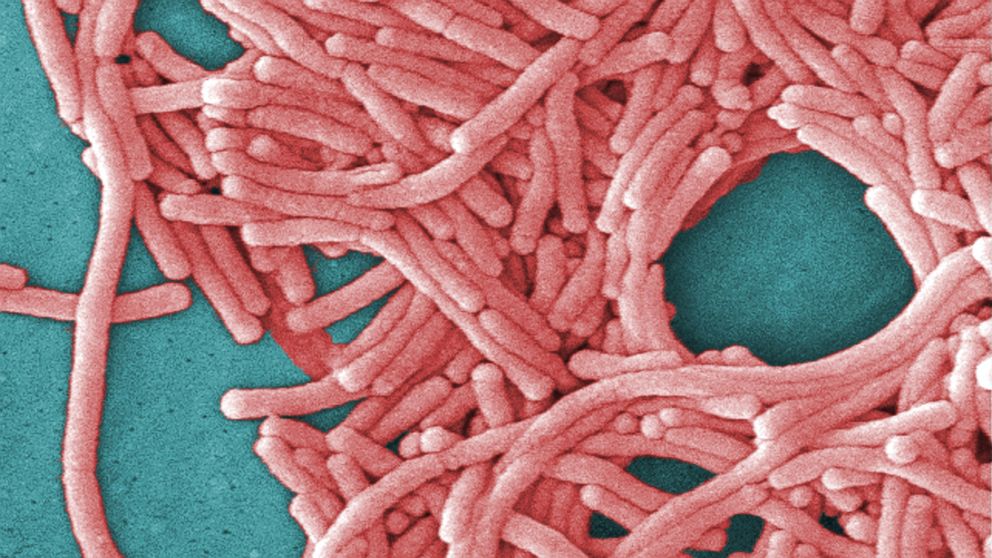3 Additional Cases Reported in Flint-Area Legionnaires' Outbreak
The health department said it was not sure if the contaminated water is related.

— -- As Flint, Michigan, residents continue to deal with the ongoing water crisis, health officials have uncovered that an alarming county-wide outbreak of Legionnaires' disease was worse than previously thought.
The Michigan Department of Health and Human Services reported yesterday there were three additional cases of Legionnaires' disease during a 2014-2015 outbreak, including two deaths. That means there were a total of 91 infections and 12 deaths related to the outbreak in Genesee County, where Flint is located.
“We remain vigilant in identifying any potential case associated with the outbreak," said Eden Wells, Chief Medical Executive with the MDHHS, in a statement yesterday.
The three cases were discovered in hospital data that was recently sent to the health department, according to a press release from MDHHS. In addition, officials discovered that two of the cases had not been appropriately reported to the public health system.
Wells told the Detroit Free Press that the cases not being reported was a "glitch" and not intentional.
Requests for additional clarification were not immediately returned.
Legionnaires' disease is caused by the Legionella bacteria and can lead to a potentially deadly case of pneumonia. The bacteria grow in warm water and can spread through air conditioners, fountains, hot tubs or large plumbing systems. The bacteria must be inhaled to cause infection and cannot be spread from person to person.
Fifty of the Legionnaires' cases in this particular outbreak are believed to have originated at a local hospital that uses the City of Flint municipal water system, according to the press release. The water has since been found to be contaminated with lead during the period of the outbreak. The health department said it was not sure if the contaminated water is related to the outbreak.
Between May 2015 and October 2015, there were 46 Legionnaires' disease cases and seven deaths confirmed in the Genesee County outbreak, according to the health department. There were an additional 45 Legionnaires' disease cases between June 2014 and March 2015, including five associated deaths. There were no cases reported in April 2015.
Dr. William Schaffner, an infectious disease expert at Vanderbilt University Medical Center, told ABC News in an earlier interview that the aging water infrastructure in Flint may have allowed Legionella bacteria to "set up house" in standing water.
The water crisis started when the city disconnected from Detroit's water supply and began drawing its water from the Flint River. It was intended as a stop-gap measure until the completion of a pipeline to Port Huron Lake as the source for Flint’s water.
However, it was later discovered that lead from the old pipes had begun to leach into the water due to improper treatment.